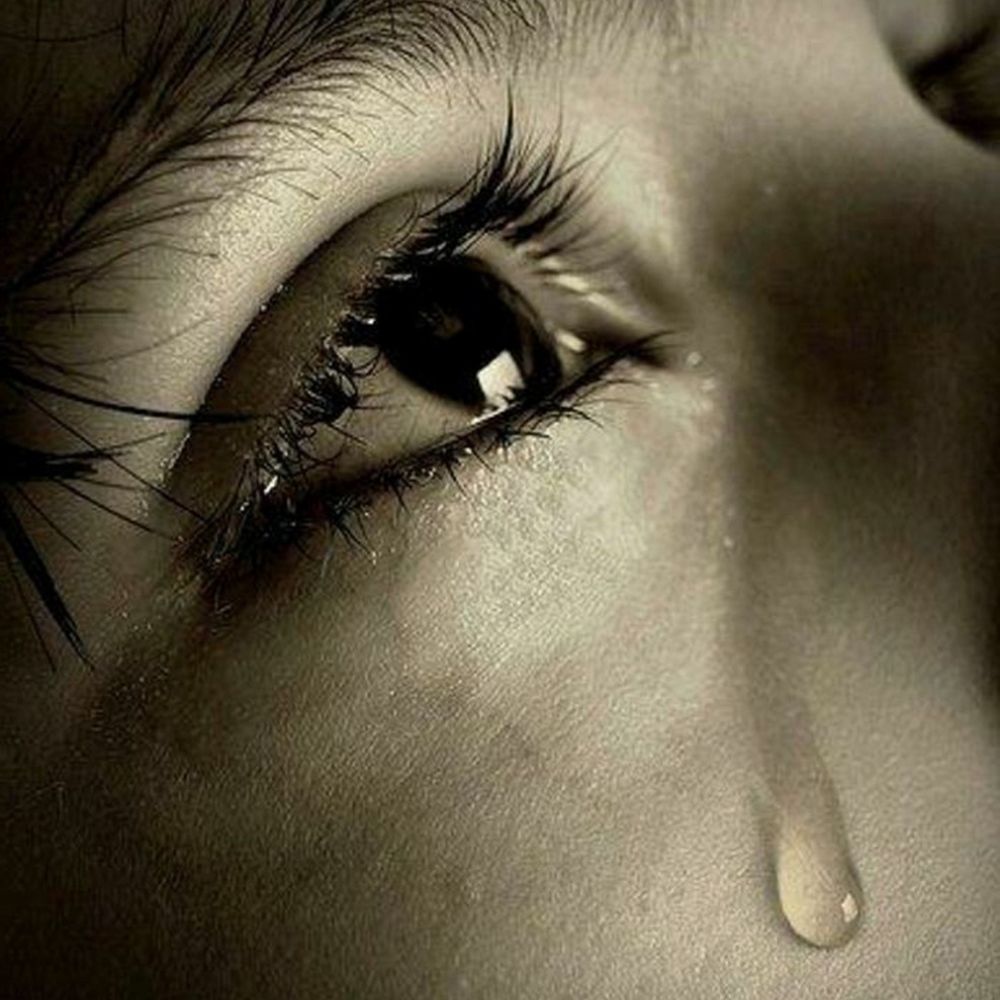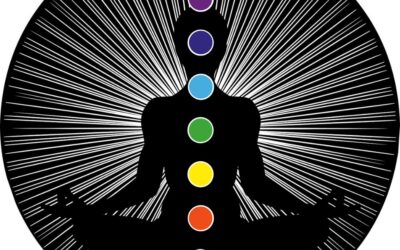Emotions are a part of human experience and crying is the most powerful way to express our deepest feelings. But some people can’t cry even when they are extremely sad or distressed. It’s weird and worrying. In this post we’ll explore the reasons why some people can’t cry and the physiological, psychological and societal factors that contribute to it.
Tear Production
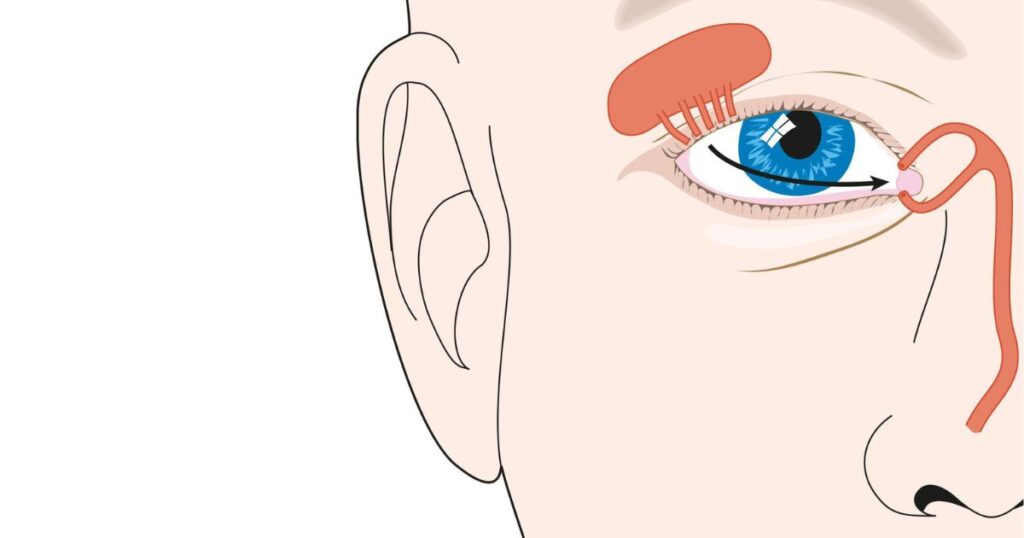
How Do We Cry?
Tears are produced by the lacrimal glands situated above each eye. These glands release a fluid to keep the eyes moist and irritant free. Tear production can be divided into three types:
- Basal Tears: These are produced continuously to keep the eyes lubricated.
- Reflex Tears: These are produced in response to irritants like smoke, wind or onion fumes.
- Emotional Tears: These are produced in response to strong emotions like sadness, joy or frustration.
Understanding how we cry is key to understanding why some people can’t cry emotionally. For instance emotional tears contain higher levels of stress hormones like adrenocorticotropic hormone (ACTH) and leucine enkephalin, a natural painkiller which is why crying can make you feel better.
Emotional Expression and Mental Health
Emotional Expression and Mental Health
Crying is a crucial part of mental health. Emotional tears are believed to release stress hormones and toxins from the body and give a sense of relief and emotional cleansing. According to Dr. William H. Frey II, a biochemist and tear expert, “Crying is not only a human response to sorrow and frustration, it’s a healthy one.”
Not being able to cry can lead to bottled up emotions which can contribute to various mental health conditions including anxiety and depression. Research shows that people who cry more often feel better after crying compared to those who suppress their tears. So crying itself can be therapeutic.
Reasons Why You Can’t Cry

Mental Health Reasons Why You Can’t Cry
Major Depressive Disorder
Depression is a major mental health condition that can affect tear production. People with major depressive disorder often experience emotional numbness and can’t cry even when they are extremely sad. Symptoms of melancholic depression include loss of interest in activities, significant weight loss or gain, insomnia and feeling of hopelessness.
Case Study: Jane, 35, was diagnosed with major depressive disorder. Despite feeling extremely sad, she couldn’t cry. Her therapist told her that emotional blunting was the likely cause. Through a combination of medication and cognitive-behavioral therapy, Jane was able to cry again which was a huge relief for her.
Emotional Suppression
Repressed emotions can’t cry. Societal norms and gender stereotypes often tell us that showing emotions is a sign of weakness especially for men. This cultural conditioning can lead to emotional suppression and make it hard for us to express our feelings through tears.
Example: In many cultures men are taught from a young age that “boys don’t cry”. This belief can lead to lifelong emotional suppression. Over time these repressed emotions can manifest as physical or mental health issues including inability to cry.
Experienced Trauma
Past trauma can also lead to emotional suppression. People who have experienced significant trauma may develop coping mechanisms that include shutting down emotionally to avoid reliving the painful experience. This can result to difficulty crying.
Example: Survivors of abuse or violent events often report inability to cry. This emotional numbness is a protective mechanism but it can also hinder emotional healing.
Physical and Medical Conditions
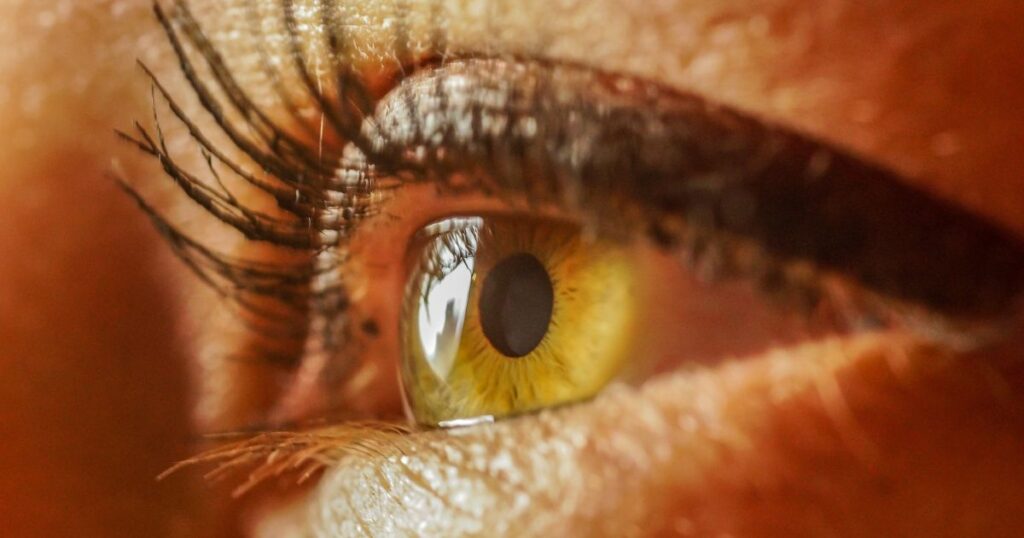
Sjögren’s Syndrome and Autoimmune Disorders
Sjögren’s syndrome is an autoimmune condition that affects the body’s moisture-producing glands including the lacrimal glands. This can cause dry eyes and reduced tear production. Other autoimmune disorders can also affect tear production and make it hard to cry.
Autoimmune Disorders Affecting Tear Production:
| Disorder | Impact on Tear Production |
| Sjögren’s Syndrome | Dry eyes, reduced tear production |
| Lupus | Inflammation affecting tear glands |
| Rheumatoid Arthritis | Inflammation reducing tear gland function |
Dry Eyes and Contact Lenses
Dry eye syndrome is a common condition where the eyes don’t produce enough tears or the tears evaporate too fast. This can make it hard to produce emotional tears. Wearing contact lenses can also sometimes worsen dry eye symptoms and affect tear production.
Example: John, 28, software engineer, couldn’t cry after he started wearing contact lenses. He went to an ophthalmologist and was diagnosed with dry eye syndrome. Using lubricating eye drops and taking breaks from his contact lenses helped him to alleviate his symptoms.
Certain Medications
Medications such as selective serotonin reuptake inhibitors (SSRIs) which are commonly prescribed for depression and anxiety can affect emotional expression. These medications can cause emotional blunting and make it harder to cry.
Psychological and Emotional Factors
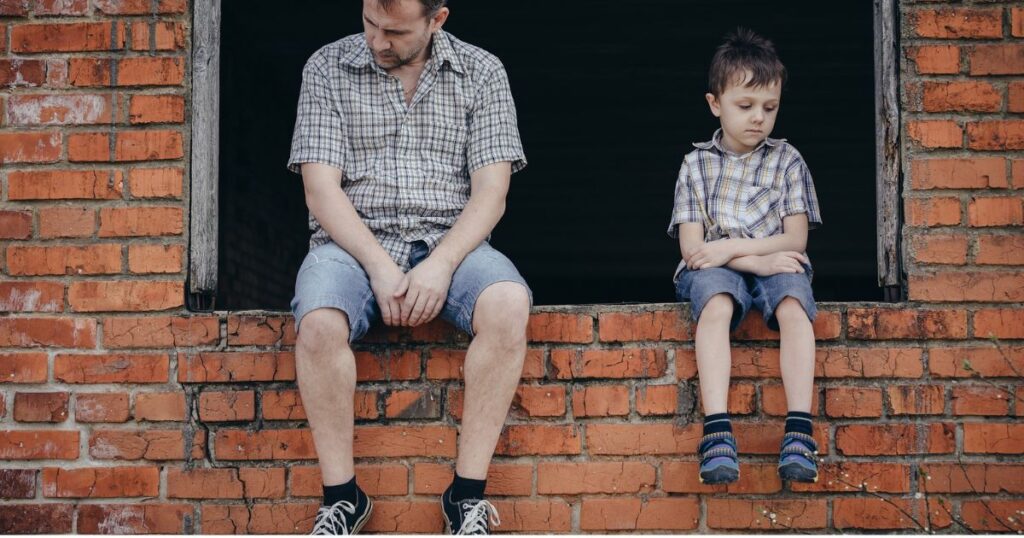
Psychological Blockages and Emotional Suppression
Repressed Emotions and Pent-Up Feelings
Repressed emotions can accumulate over time and make us unable to cry. When emotions are consistently suppressed the body may lose its ability to express them through tears. This can lead to pent up feelings and emotional distress.
Example: Lisa, 40, teacher, was always the “strong one” in her family. She suppressed her feelings to support her loved ones and over time she couldn’t cry. Through therapy she learned to process and express her emotions and was able to cry again.
Stress and Anxiety
Stress hormones like cortisol can affect tear production. High levels of stress and anxiety can make us emotionally numb and make it hard to cry. Chronic stress can also disrupt the body’s natural emotional responses and make it harder to cry.
Example: Mark, 32, lawyer, had chronic stress due to his job. Despite feeling overwhelmed he couldn’t cry. His therapist told him that his body’s stress response was probably blocking his tears. Mindfulness practices and stress management techniques helped Mark to connect with his emotions.
Societal and Cultural Influences
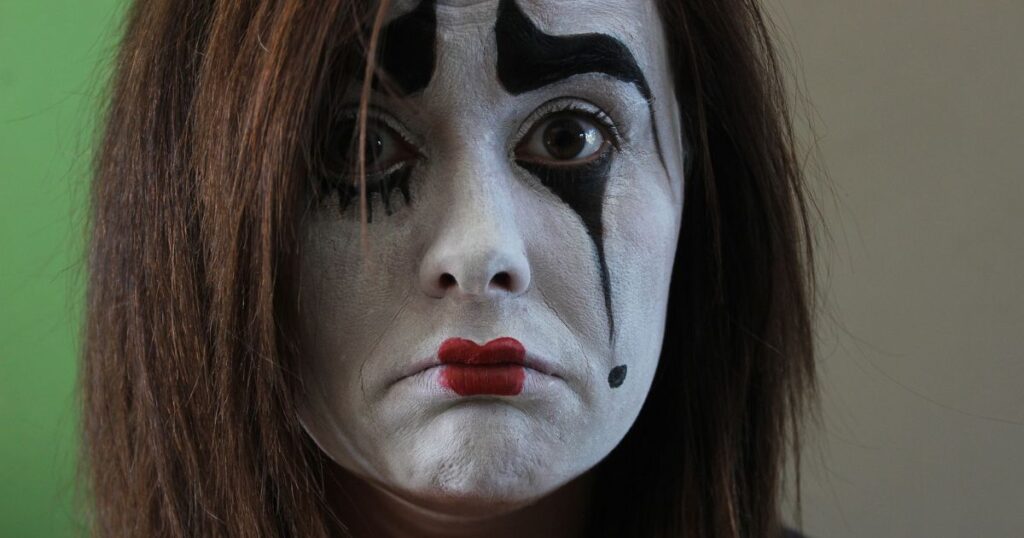
Societal Norms and Gender Stereotypes
How Many Cultures Cry
Cultural attitudes towards crying vary. In some cultures crying is seen as natural and healthy expression of emotion and in others it’s seen as a sign of weakness. These cultural norms can affect how we feel about crying.
Example: In Japan crying in public is taboo while in Italy emotional expression is more accepted. These cultural differences can affect how people within these societies express their emotions.
Gender Differences in Emotional Expression
Gender stereotypes say men should be stoic and unemotional and women should be more emotional. These stereotypes can lead to emotional suppression in men and make it hard for them to cry.
Example: Research shows women cry more than men partly due to societal expectations. But men who feel comfortable expressing their emotions report feeling relieved and better mentally.
Seeking Help and Finding Solutions



When to Seek Professional Help
Consulting a Mental Health Professional
If you find yourself unable to cry and it is causing you distress, it may be helpful to consult a mental health professional. Therapies such as talk therapy and counseling with a family therapist can provide a safe space to explore and express emotions.
List of Mental Health Professionals to Consult
- Psychologists
- Psychiatrists
- Licensed Professional Counselors
- Family Therapists
Supportive People and Safe Spaces
Having a support system of family members and friends can be invaluable. Surrounding yourself with supportive people who understand and validate your emotions can help create a safe space for emotional expression.
Exploring Energy Healing Therapies
Energy healing therapies can also be beneficial for those struggling with emotional expression and the inability to cry. Yair Sagy, an experienced energy healing therapist, offers various techniques that aim to balance the body’s energy and release emotional blockages.
Yair Sagy’s Energy Healing Therapies
- Qi Gong & Yoga: Methods to harmonize the neurological system through breathing practices, conscious movement and meditation.
- Chakra Balancing: This therapy focuses on aligning the seven chakras, which are believed to be the main energy centers of the body. Balanced chakras can lead to improved emotional and physical well-being.
- Emotional Release Techniques: These methods aim to release pent-up emotions and trauma stored in the body, allowing for a more natural emotional expression, including the ability to cry.
Visit Yair Sagy’s website for more information.
Exploring different therapeutic options, including traditional and alternative methods, can provide a comprehensive approach to addressing the inability to cry and improving overall emotional health.
Practical Tips to Cry



Make It Comfortable
Making it comfortable can make it easier to express emotions. This might be listening to emotional music, watching a sad movie or spending time in a quiet private space.
List of Things to Cry
- Listening to emotional music
- Watching sad movies
- Reading sad books or stories
- Spending time in nature
How to Process Emotions
Doing activities that help process emotions can also make you cry. Journaling, mindfulness and creative arts can help you connect and express your emotions.
Example: Sarah, 29, artist, found that painting helped her process and express her emotions. Through her art she was able to connect with her emotions and eventually started crying more.
Conclusion
Inability to Cry
Inability to cry is due to many factors – mental health conditions, physical ailments, psychological blockages and societal influences. Understanding these is the first step to addressing it. If you can’t cry remember seeking help and creating a safe space can make a big difference. Emotional expression is key to mental health and finding healthy ways to process and express your emotions is important.
FAQs

Questions
Why do I feel sad but can’t cry?
Feeling sad but can’t cry can be due to emotional suppression, mental health conditions or physiological factors affecting tear production.
Can medical conditions affect my ability to cry?
Yes, conditions like Sjögren’s syndrome, dry eye syndrome and certain medications can affect tear production.
How do societal norms impact emotional expression?
Societal norms and gender stereotypes can lead to emotional suppression and make it hard for us to cry.
How to cry?
Creating a comfortable space, doing activities to process emotions and seeing a mental health professional can help you cry.
More
Read and Support
- Books: “Crying: The Mystery of Tears” by William H. Frey II
- Stress Reduction Free course
- Aura Health: Find peace & sleep better with a 30-Day Guest Pass.
- Email us to join our community support group.
- Support Groups: Online forums and local support groups for emotional expression and mental health
Understanding why you can’t cry is the first step to finding solutions and taking care of your emotional well being. Remember, it’s okay to get help and prioritize your mental health.
